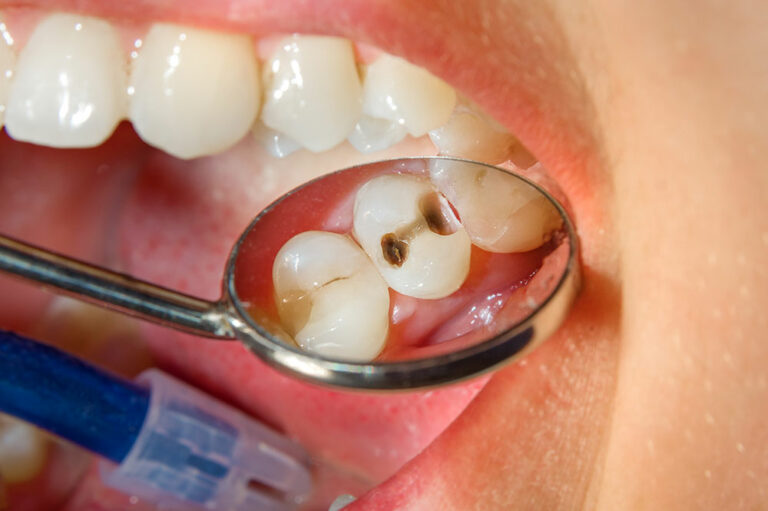
Health
How does diabetes affect heart health
The human heart supplies oxygen to different parts of the body, maintains blood pressure, and expels carbon dioxide through exhalation. But with an increasing frequency of heart conditions, as per 2021 reports, heart disease costs the country a whopping $239.9 billion each year. Heart problems may have various underlying causes; however, diabetes is often responsible for triggering or worsening them. Some heart problems caused by excessive sugar intake and diabetes are as follows: Arrhythmia Arrhythmia refers to irregular heartbeats. Since diabetes disrupts the heart’s structure, the condition may be caused or worsened by diabetes. Individuals with this condition experience shortness of breath, chest pain, dizziness, fainting, etc. Stroke Diabetes pathologically alters the body’s blood vessels, which can trigger the onset of stroke. Studies have also shown that survival rates of individuals with stroke are lower among patients with diabetes. Heart attack Patients with type-2 diabetes are twice as susceptible to heart disease as those with regular blood-sugar levels. Individuals with diabetes may also develop silent heart attacks, which do not have any initial symptoms. Patients having suffered a heart attack may experience swelling in their legs or ankles, sweating, shortness of breath, chest pain, and nausea, among other symptoms. Atrial fibrillation According to research reports, diabetes significantly increases one’s risk of developing atrial fibrillation.
Read More 














